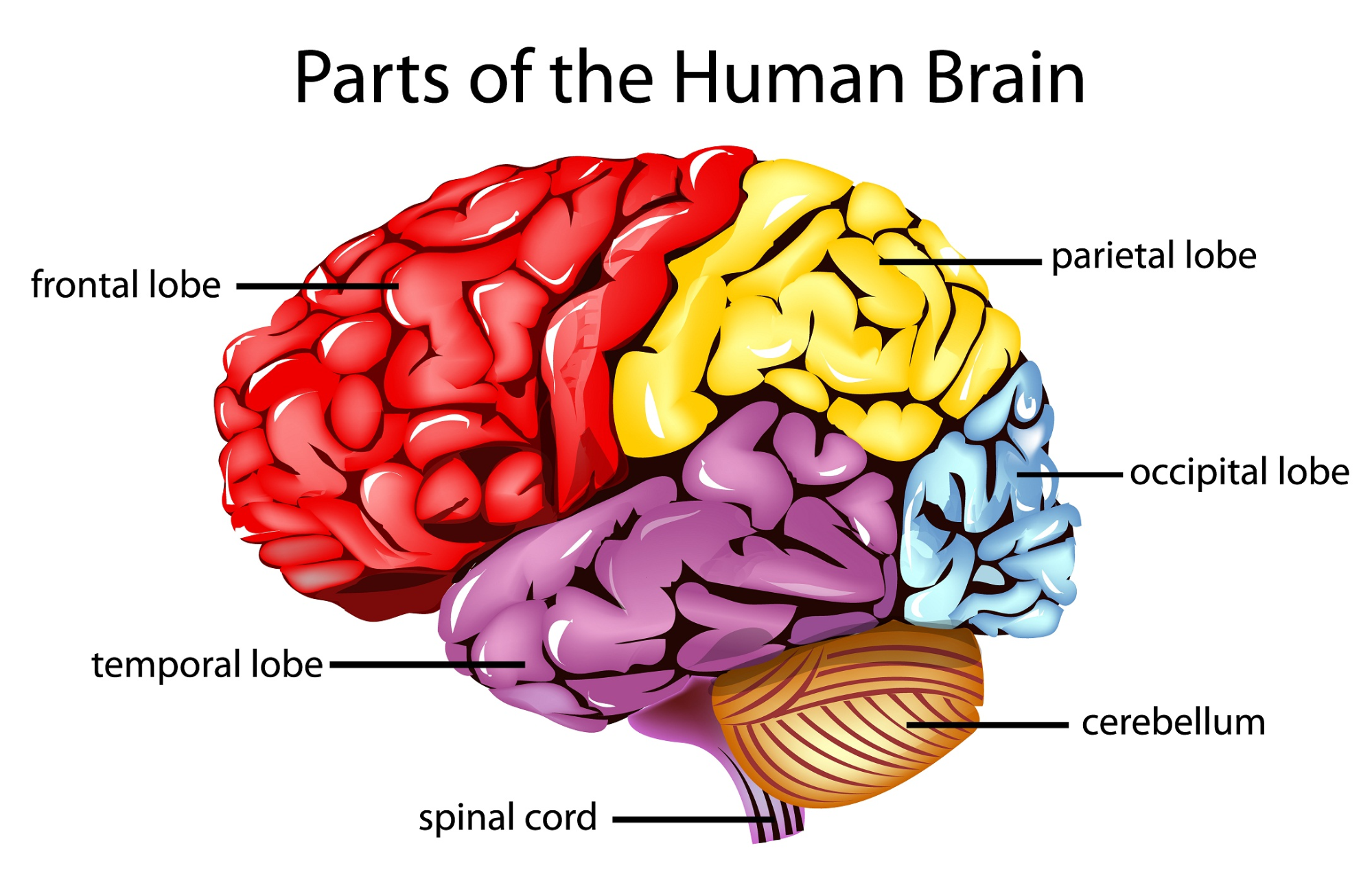
Luckily, humor is far more structured which offers a great opportunity. Studying musicians, painters or other members of the creative arts can be a bit daunting, however. Neuroscientists have always been fascinated by creativity and how it stems from the brain. “The more experience you have doing comedy, the less you need to engage in the top-down control, and the more you rely on your spontaneous associations,” Amir said. If you’ve ever been to an improv comedy show, for instance, then you know the best gags are spontaneous. This makes sense because the temporal lobe is known to process semantic and abstract information while the prefrontal cortex is important for top-down decision making. The more experienced comedians showed more heightened activity in the temporal lobe while the non-comedians saw less activity in the temporal lobe and more activity in the prefrontal cortex, as reported in Frontiers in Neuroscience. Figure courtesy Ori Amir and Irving Biederman.īrain activity differed from person to person, depending on how comically skilled each participant was. This figure shows the overall activation for generating humorous captions (HUM) and mundane captions (MUN). TSC’s role also has something to do with memory, but the region is also involved in recognizing complex stimuli and patterns, like human faces or speech. Just order as normal.Theme: Funny Gag Prank Joke Novelty Office.

It also helps us respond to social situations. Put your friends, family, and coworkers on notice We are silly low with our prices and we make sure of it. Previously, researchers identified the mPFC as involved with the retrieval and consolidation of remote long-term memory. Braille - Named for Louis Braille of France who invented it to teach his blind students. Scans showed that two brain regions in particular were heavily involved when the participants wrote their jokes - the medial prefrontal cortex (mPFC) and the temporal association cortex (TSC). What makes a good joke, according to science Meanwhile, fMRI machines scanned their brains.


Each participant was asked to create two versions: one mundane while the other was supposed to be humorous. They first recruited amateur and professionals comedians then asked them to fill in the blanks in some captionless New York cartoons. The research team was led by Ori Amir, and Irving Biederman, a professor of psychology and computer science. One of these regions is heavily involved in understanding speech and imagery, suggesting a connection with other creative processes like painting or music. Their findings suggest two key brain regions are activated when engaging in humor.
Parts of thebrain joke professional#
Cracking jokes is definitely a creative process and scientists at the University of Southern California (USC) in Los Angeles sought to unravel what goes on inside the brain of amateur and professional comedians alike. We all love a good joke but let’s face it, some are better than others at making people laugh.


 0 kommentar(er)
0 kommentar(er)
